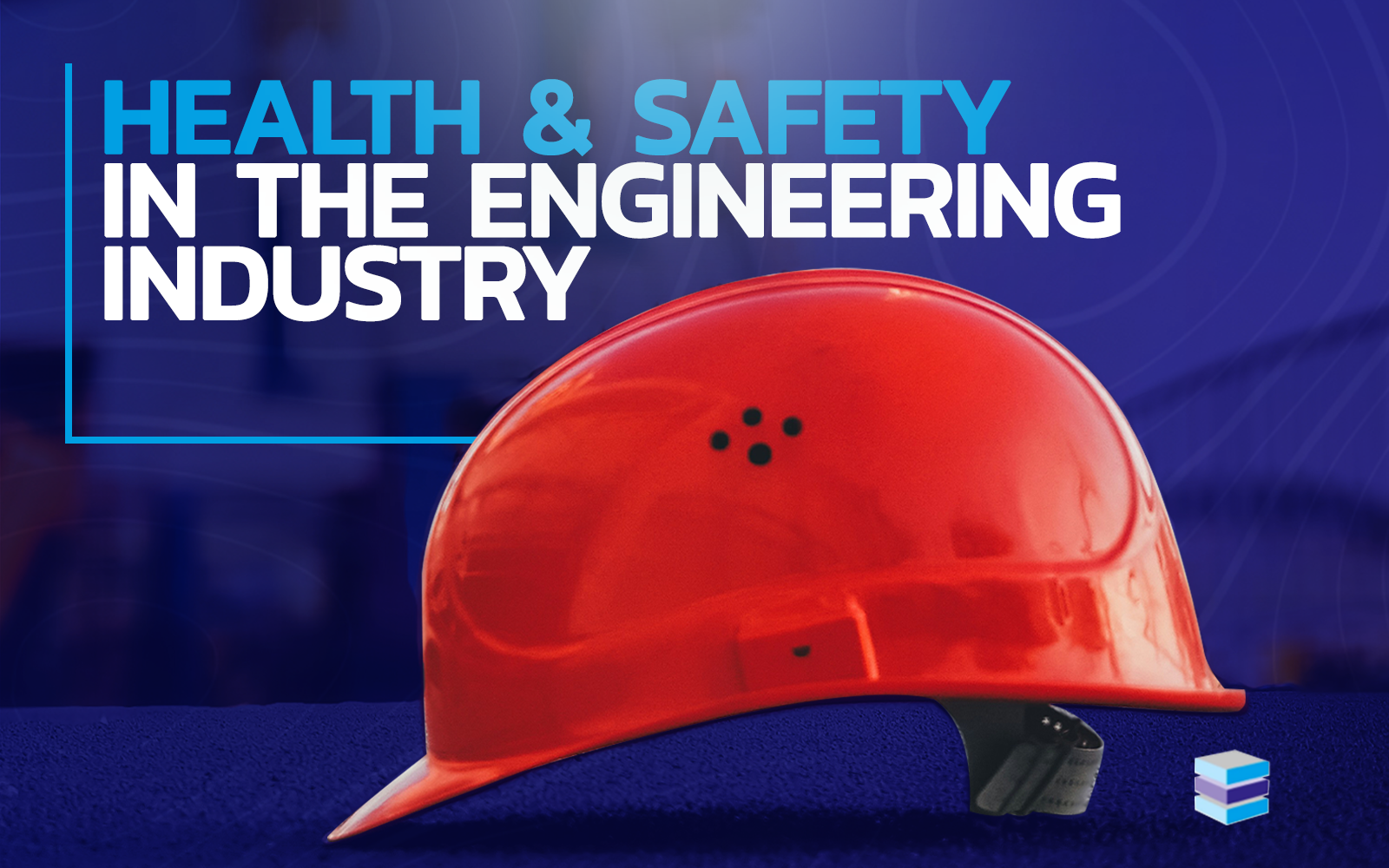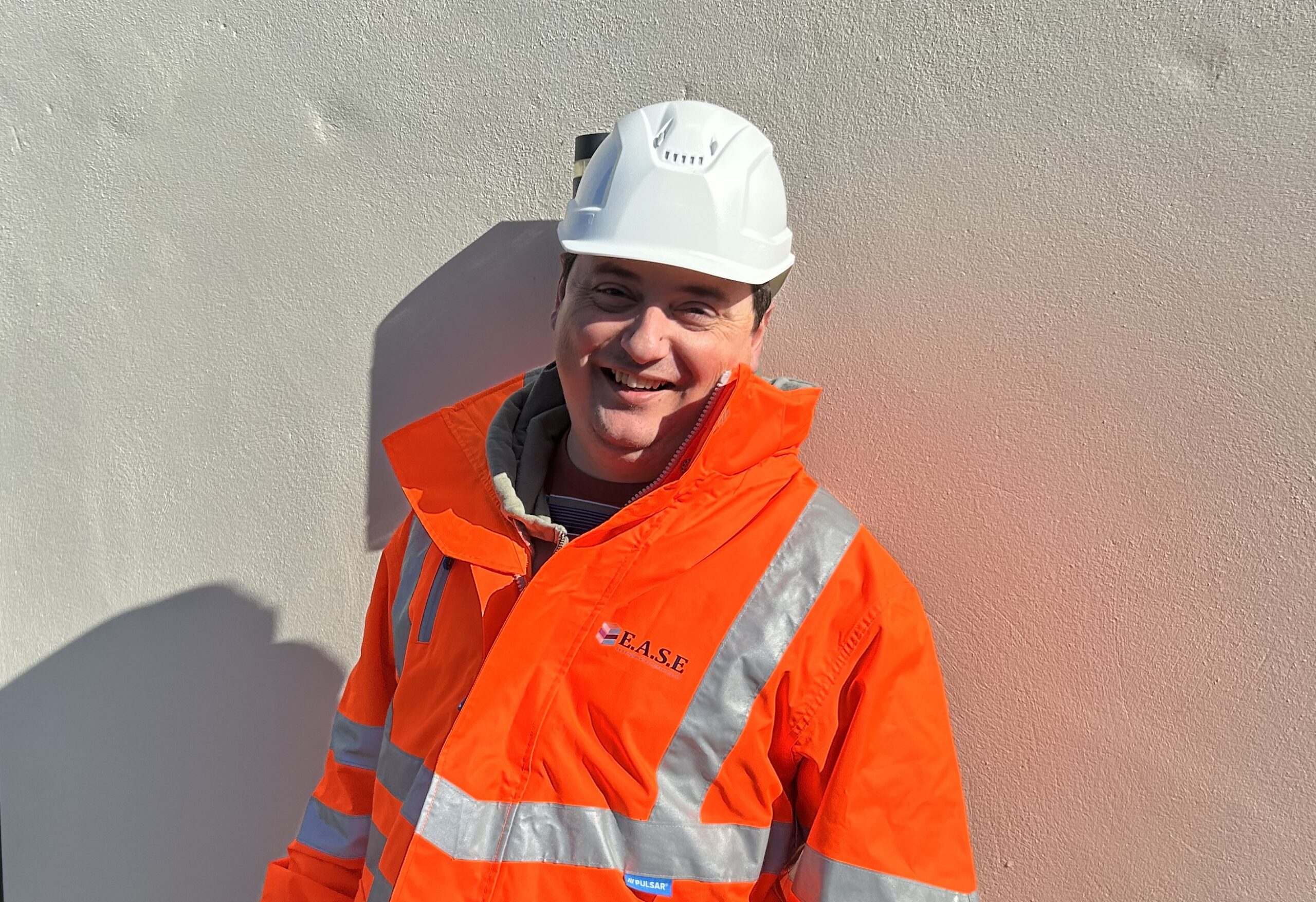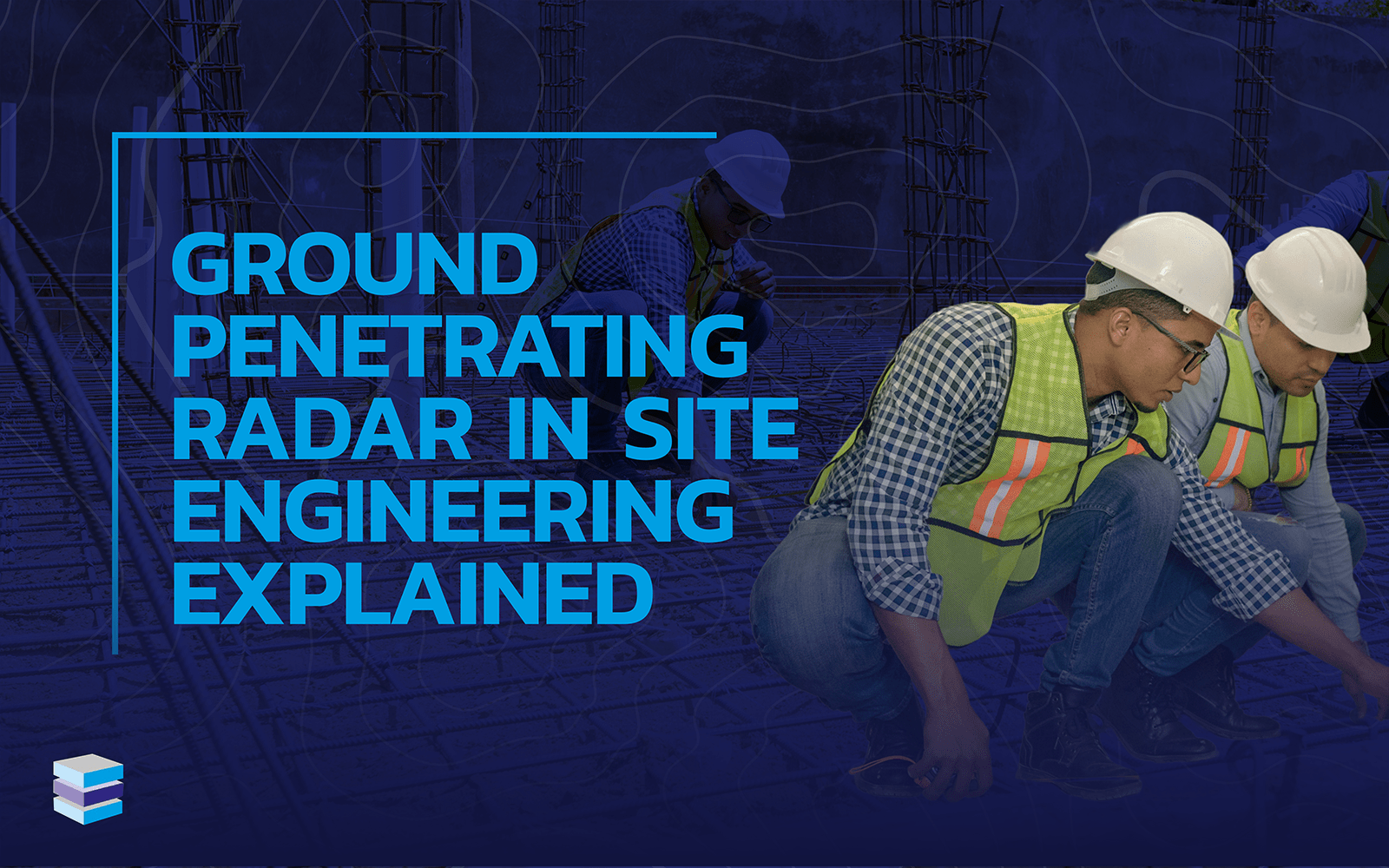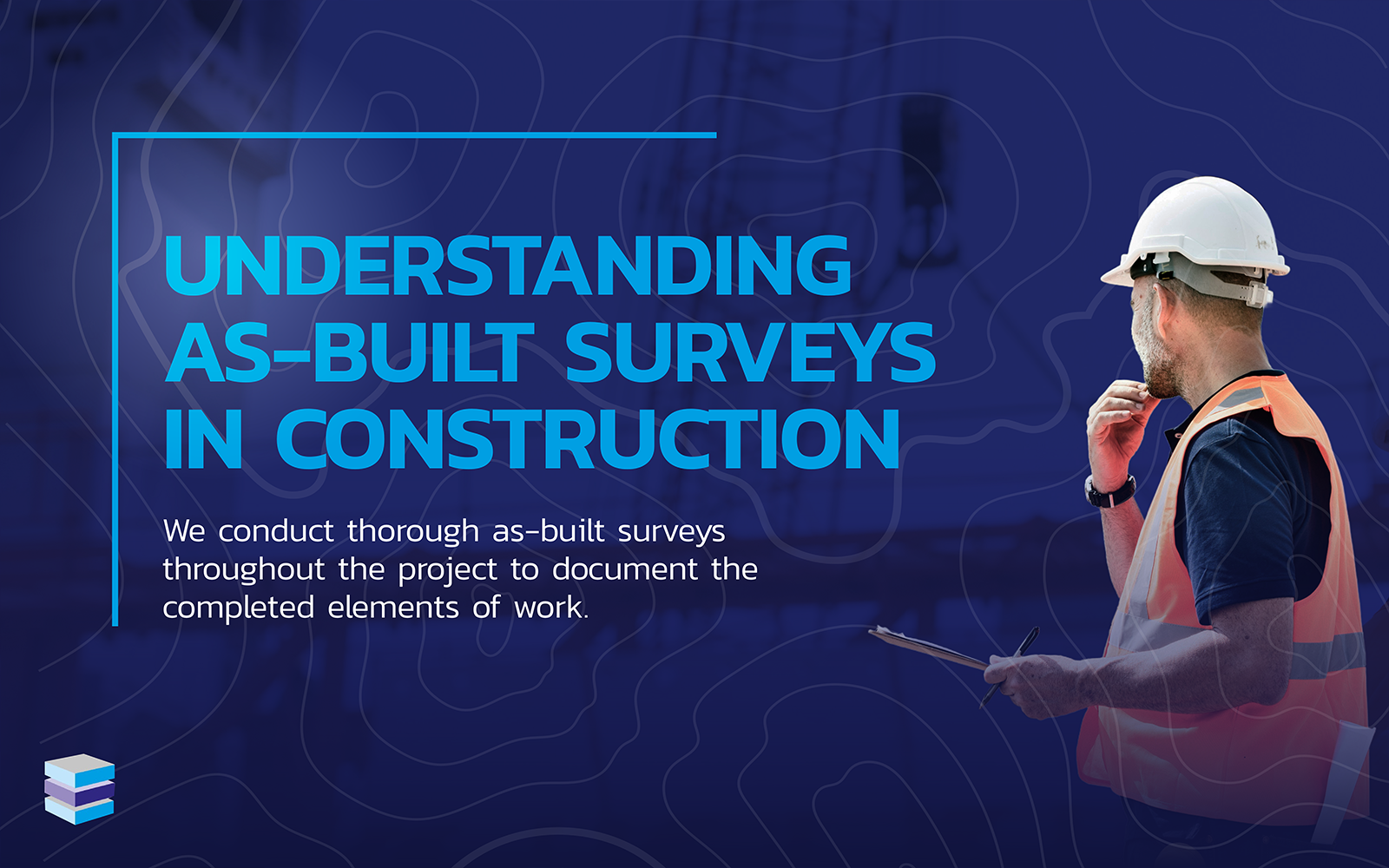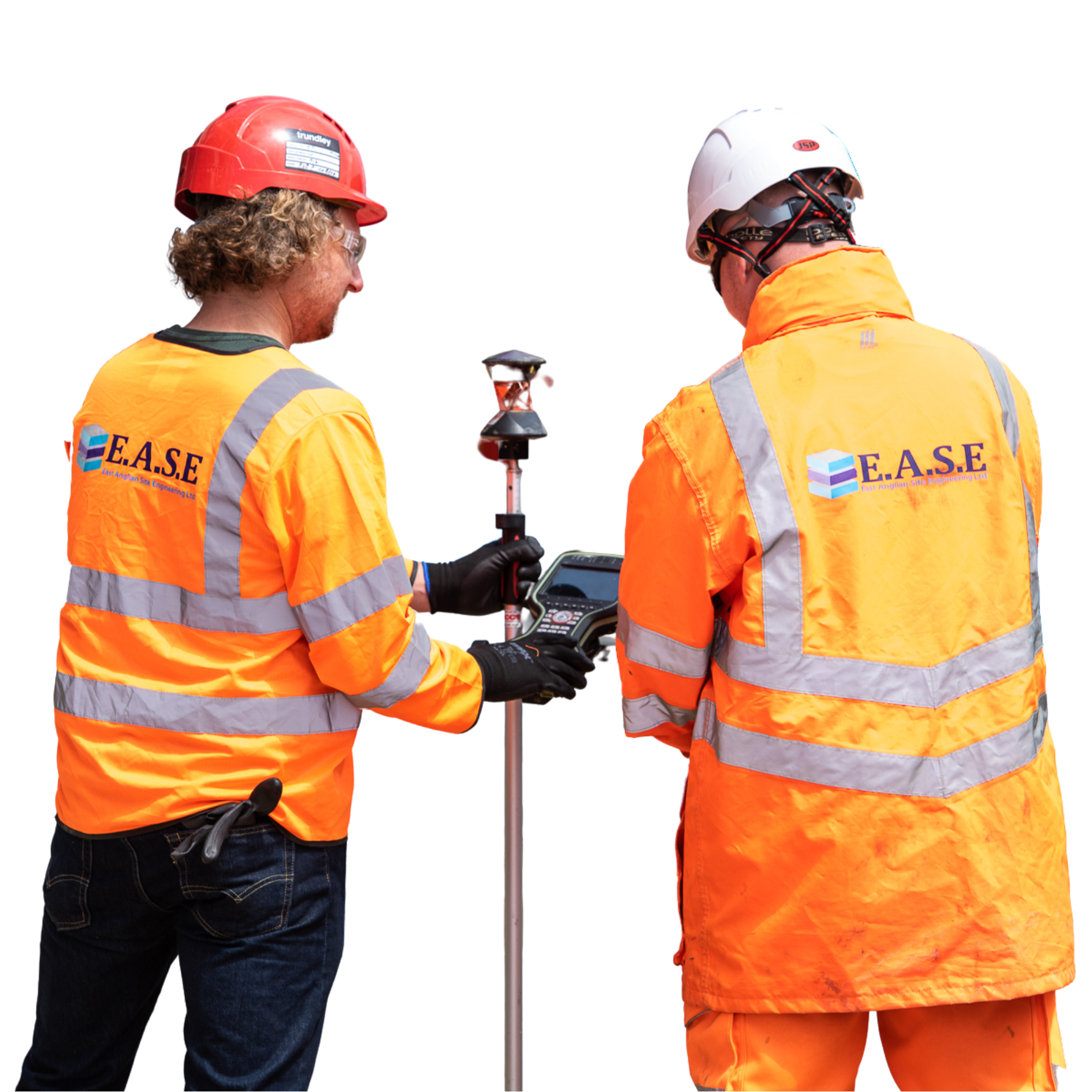One of the most important things about engineering sites and workplaces is the wellbeing of those working there. Health and safety in the engineering industry is crucial and taken very seriously, with many firms aiming to have health and safety standards better than any other to make staff feel cared for and to help with recruiting.
As engineering can be a hazardous job, depending on the project, there are many regulations in place to keep workers safe. All engineers should know these regulations and all they entail, especially those who own their own businesses.
By following the rules and educating others, engineering and construction sites can be safe places to work, with staff happy and healthy day in, day out.
Health and Safety Duties
There are certain duties regarding health and safety that both employers and employees have when it comes to a safe working environment. These duties can be fulfilled by having welfare provisions for all staff, adequate training to ensure all health and safety procedures are understood and followed, a safe working environment, and all the relevant supervision, instruction and information regarding health and safety.
It’s important for employers to have a written record of all health and safety policies for their workplaces, and to keep their staff up to date on any changes or new regulations.
Risk Assessments
Incredibly important, risk assessments must always be carried out in-depth to asses any dangers in the workplace. In these assessments, information about how employees are protected from the risks must be included, along with information on all the risks themselves. Training should be provided to all employees on how to deal with the risks.
Work Equipment
All engineering workplaces will feature equipment, from large construction vehicles to small machines, and all have the same requirements when it comes to health and safety.
Equipment used must be installed properly and checked and maintained regularly. They must only be used for their intended purpose and only by the people with the right information and training. Other health and safety measurements surrounding equipment including emergency stops, correct controls, and clearly visible markings.
Lifting Equipment
Similar to general work equipment, lifting equipment has strict rules when it comes to safe use. All pieces of lifting equipment must be thoroughly tested, then planned, used and supervised in a safe manner. These regulations apply to all organisations using lifting equipment, even if they don’t own the equipment themselves.
Control of Hazardous Substances
Chemical substances are very common in workplaces within the engineering industry. When it comes to keeping safe while working with chemicals that can be hazardous to the health of workers, ventilation systems must be in place and risk assessments carried out.
Electricity in the Workplace
Preventing danger from electricity is crucial to the safety of workers. Whether from equipment or electrical systems that are made, purchased or installed, the responsibility for safety is in the hands of employers, employees, and the self-employed.
Electrical systems must be used in a safe way that prevents danger and maintained well with regular inspections. The systems must be constructed correctly to avoid any harm coming to those using them. The proper training must always be given to those involved with electrics in the workplace.
Machinery Supply
The Supply of Machinery Regulations 2008 is a regulation that covers all new machinery sold or used. This regulation requires that all machinery produced is safe to use. All machinery must be properly assessed and tested before use to ensure the safety of all workers.
Machinery can include a wide range of things, including any machines that don’t require manual effort to operate, chains, ropes and webbing, and any components that need to be attached to machines to work.
Staying Safe in the Engineering Industry
With an E.A.S.E site engineer, you can rest easy in the knowledge that they will ensure all relevant safety regulations are understood and followed. They will take up the role of safety engineer on site and will ensure that all work carried out is by the book when it comes to health and safety.
By law, all construction organisations and engineering workplaces must provide a safe working practice and culture for workers. Our site engineers supervise the implementation of this with the help of any health and safety officers who may also be with that organisation. The common goal is on-site safety, so the regulations and rules will be followed to the highest standards to keep everyone safe.
If you’d like to learn more about how a site engineer from E.A.S.E can level up your site, get in touch and speak to one of our friendly staff. We are here to help with any questions you may have, ready to join your team to create a safe and efficient site that gets the job done.


